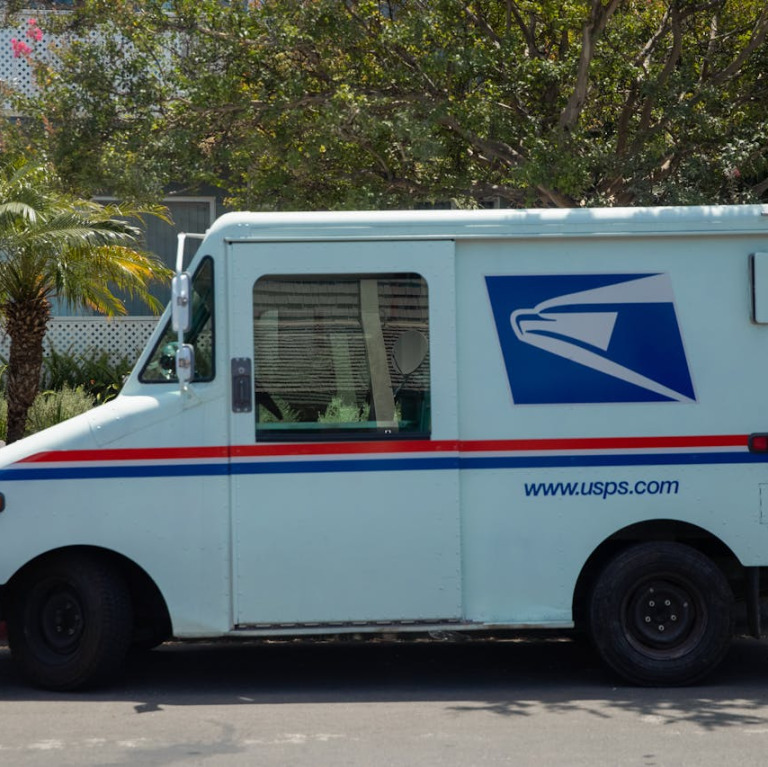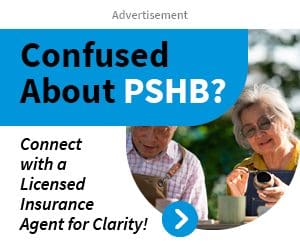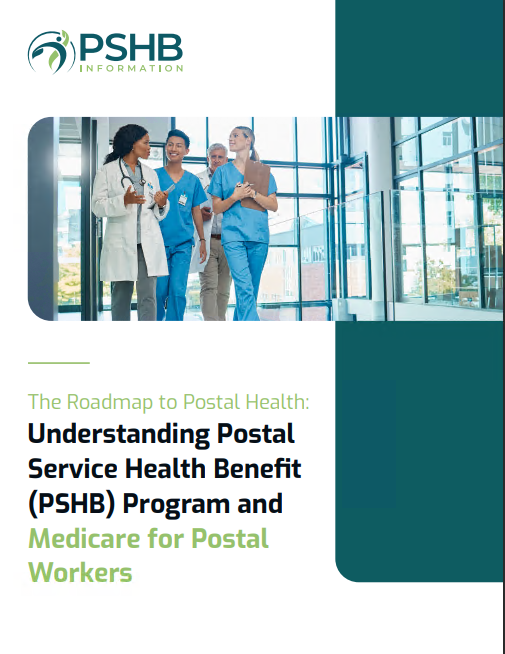Key Takeaways
-
The Postal Service Health Benefits (PSHB) program now replaces the Federal Employees Health Benefits (FEHB) system for USPS employees, retirees, and their families, marking significant adjustments to health coverage.
-
Understanding new enrollment requirements, cost structures, and Medicare integration is key to navigating these changes effectively.
Navigating the Transition to PSHB
If you’re part of a USPS household, the health coverage landscape looks quite different in 2025. The Postal Service Health Benefits (PSHB) program officially replaces the Federal Employees Health Benefits (FEHB) program, creating new opportunities and challenges. Adjusting to this shift can feel overwhelming, but with the right information, you can make confident decisions for your family.
What Makes PSHB Different from FEHB?
One of the most notable differences is that the PSHB program is exclusively designed for USPS employees, retirees, and their eligible family members. While it shares similarities with the FEHB program, PSHB plans are tailored to address the specific needs of postal workers.
Key Changes in Coverage
-
Tailored Plans: PSHB plans focus on coverage options that align with USPS-specific requirements.
-
Mandatory Medicare Integration: Medicare-eligible retirees and family members must enroll in Medicare Part B to maintain PSHB coverage unless exempt.
-
Prescription Drug Benefits: Medicare-eligible individuals receive prescription drug coverage automatically through a Medicare Part D Employer Group Waiver Plan (EGWP).
Enhanced Benefits for Medicare Enrollees
For those enrolled in both PSHB and Medicare, certain plans waive deductibles and even reimburse Part B premiums, reducing out-of-pocket costs. This dual coverage provides significant financial relief for retirees managing chronic conditions or expensive medications.
Enrollment Deadlines You Should Know
By now, USPS families have navigated the 2024 Open Season, which ended on December 13, 2024. If you missed making changes during this period, you can still update your coverage during Qualifying Life Events (QLEs) or the next Open Season.
Qualifying Life Events (QLEs)
Changes outside of Open Season require a QLE. Common examples include:
-
Marriage or divorce
-
Birth or adoption of a child
-
Loss of other health coverage
Ensure you report any QLE promptly, as delays may limit your ability to adjust coverage.
How Does Medicare Integration Work?
Medicare integration is one of the defining features of the PSHB program. If you or a family member is Medicare-eligible, understanding the interaction between PSHB and Medicare is essential.
Enrollment in Medicare Part B
If you retired on or before January 1, 2025, or are 64 years or older as of January 1, 2025, you might be exempt from mandatory Part B enrollment. For everyone else, enrolling in Medicare Part B is a requirement to maintain PSHB coverage. Medicare Part B provides coverage for outpatient care, including doctor visits, preventive services, and durable medical equipment.
Benefits of Dual Coverage
Medicare and PSHB together can:
-
Minimize out-of-pocket expenses
-
Provide more extensive coverage for hospital stays, outpatient services, and prescriptions
-
Simplify coordination of benefits, ensuring seamless claims processing
Understanding Cost Implications
While exact costs vary depending on your chosen PSHB plan, here’s what you can generally expect:
Premiums
Premiums are determined by the PSHB plan you select and whether you’re enrolling as an individual or family. The government continues to cover a substantial portion of premiums for active employees and annuitants, similar to FEHB.
Deductibles and Coinsurance
-
Deductibles: Some PSHB plans waive deductibles for Medicare-eligible members.
-
Coinsurance: Daily coinsurance rates for hospital stays, skilled nursing care, and other services apply, but they’re often reduced with Medicare.
Prescription Drug Costs
For Medicare-eligible members, prescription drug costs are capped under the new Medicare Part D Employer Group Waiver Plan (EGWP), providing greater predictability in managing medication expenses.
How Families Are Adapting
Adjusting to a new health benefits program is no small feat, and USPS families are finding ways to adapt.
Reviewing Plan Options
With the shift to PSHB, comparing plan options has become more important than ever. Many families are taking advantage of plan comparison tools to evaluate:
-
Coverage networks
-
Out-of-pocket maximums
-
Prescription drug benefits
Educating Yourself
Understanding the nuances of PSHB, including Medicare integration and enrollment requirements, helps you make informed decisions. USPS and the U.S. Office of Personnel Management (OPM) offer resources to guide you through the process.
Staying on Top of Important Deadlines
Keeping track of enrollment periods and deadlines ensures your coverage remains uninterrupted.
Annual Open Season
The next Open Season provides an opportunity to reassess your coverage. Mark your calendar for mid-November through mid-December to review your options.
Reporting QLEs
Timely reporting of QLEs is crucial to avoid coverage gaps. Notify your plan administrator as soon as a qualifying event occurs.
Key Benefits of PSHB
Despite the adjustments, the PSHB program offers several advantages:
Simplified Options
With fewer plans to choose from, selecting the right coverage is less daunting. PSHB plans are designed to meet USPS-specific needs, streamlining the decision-making process.
Enhanced Coordination
For Medicare-eligible members, the integration of benefits simplifies claims and reduces out-of-pocket expenses, making healthcare more affordable and accessible.
Tailored Support
USPS families benefit from targeted resources and support to navigate the transition, ensuring no one is left behind.
Addressing Common Concerns
Will My Doctors Still Be In-Network?
Most PSHB plans offer extensive provider networks similar to those under FEHB. However, it’s always a good idea to verify whether your preferred healthcare providers participate in your chosen plan.
What If I Missed Open Season?
If you missed the 2024 Open Season, you can make changes during the next Open Season or if you experience a QLE. Keeping track of these opportunities is critical to maintaining coverage that suits your needs.
How Does This Impact Retirees?
Retirees face the most significant changes, especially with Medicare integration. If you’re nearing retirement or already retired, understanding your options and requirements is essential to making the most of PSHB.
Tips for Making the Transition Easier
Leverage Available Resources
The USPS and OPM websites provide detailed information about PSHB, including plan comparisons, enrollment instructions, and FAQs.
Communicate with Family Members
Discuss coverage options and requirements with your family to ensure everyone’s needs are met. Involving all household members in decision-making leads to better outcomes.
Stay Organized
Keep all important documents, including enrollment confirmations, plan details, and Medicare information, in one place for easy reference.
Embracing a New Era of Health Benefits
The shift to the Postal Service Health Benefits program marks a new chapter for USPS families. While the changes may seem daunting, they offer opportunities to optimize your healthcare coverage and reduce costs, especially for Medicare-eligible members.
Taking the time to understand the PSHB program and its integration with Medicare ensures you’re making the best choices for your family’s health and financial well-being. Stay proactive, explore your options, and don’t hesitate to seek support when needed.









